| A | To top | ||||||
 |
Agileo Automation |
Golra, Fahad
Challenges and Opportunities for Adopting Digital Twins in Semiconductor Industry
 Abstract Biography |
Fab Management Forum | ||||
 |
Amkor Technology, Inc. |
Kelly, Mike
Heterogeneous IC Packaging for Advanced AI Applications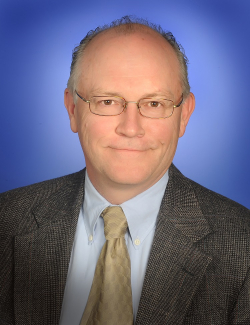
 Abstract Biography |
Advanced Packaging Conference | ||||
 |
Atotech |
Schmidt, Ralf
The Pivotal Role of Uniformity of Electrolytic Deposition Processes to Improve the Reliability of Advanced Packaging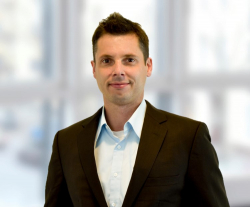
 Abstract Biography |
Advanced Packaging Conference | ||||
 |
ATREG, Inc. |
Rothrock, Stephen
Coronavirus, Chip Boom, and Supply Shortage: The New Normal for Global Semiconductor Manufacturing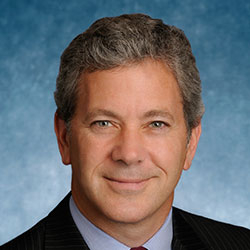
 Abstract Biography |
Fab Management Forum | ||||
| C | To top | ||||||
 |
Cloud&Heat Technologies GmbH |
Struckmeier, Jens
Coming soon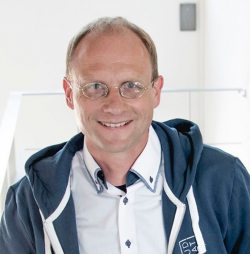
 Abstract Biography |
Sustainable - Green & Trusted | ||||
| D | To top | ||||||
 |
Dell Technologies |
Vivolo, Lawrence
A revolution in Smart Factory is coming – driven by Autonomous, SW-defined, Service-oriented, Fully Connected Cars. Are you ready?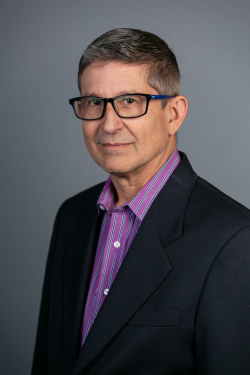
 Abstract Biography |
SMARTx - SMART Mobility | ||||
| E | To top | ||||||
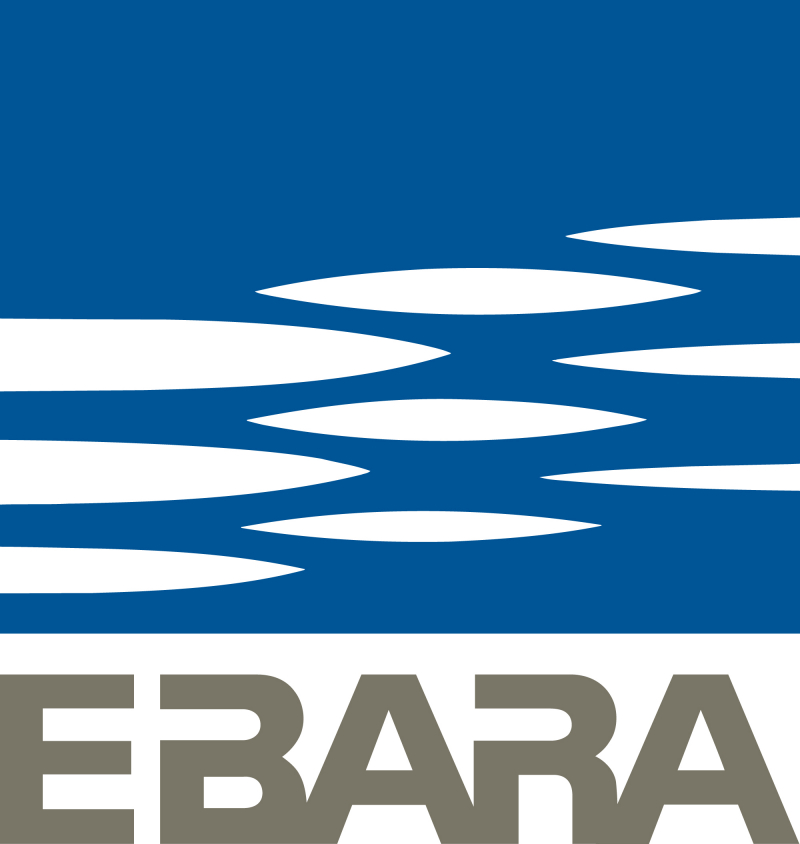 |
EBARA Precision Machinery Europe GmbH |
Richter, Reinhart
An Emergency Process Technology for Europe
 Abstract Biography Dr Reinhart Richter |
Fab Management Forum | ||||
 |
Edwards |
Jones, Chris
Broader view of sustainability challenges for a subfab in Europe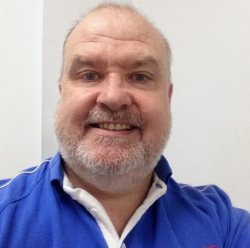
 Abstract Biography |
Fab Management Forum | ||||
 |
Edwards Vacuum |
Meredith, Richard
Mental Ill Health – The other invisible threat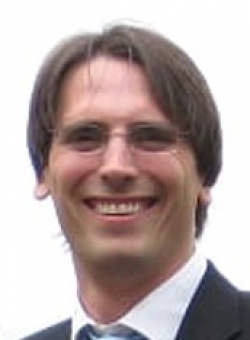
 Abstract Biography |
Fab Management Forum | ||||
 |
Entegris S.A.S. |
Amade, Antoine
Automotive Reliability – Contamination Management and Maturity of the Ecosystems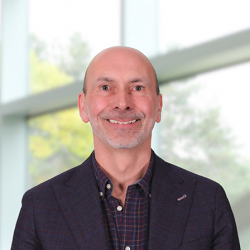
 Abstract Biography |
SMARTx - SMART Mobility | ||||
| G | To top | ||||||
 |
GLOBALFOUNDRIES |
Yan, Ran
Semiconductor Enabling Vr/AR as the New Dimension Of Human Connection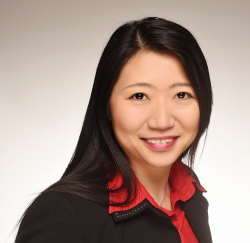
 Abstract High density area and leakage reduce with technology node shrinking
Globalfoundries microdisplay solutions
Biography |
The Future of Computing Hardware | ||||
| H | To top | ||||||
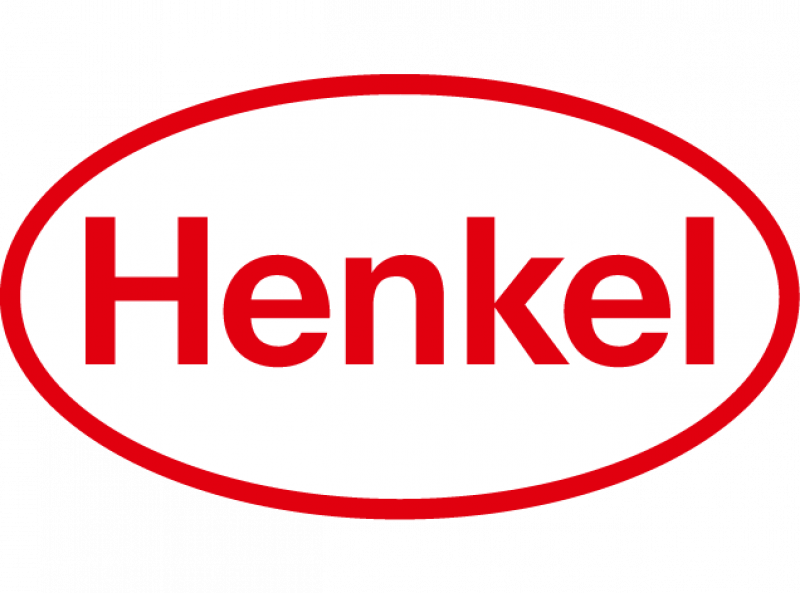 |
Henkel Electronic Materials |
de Wit, Ruud
Thin Cu Plate-able Dielectric Material Developments for RF and Power Device Miniaturization
 Abstract Biography |
Advanced Packaging Conference | ||||
| I | To top | ||||||
 |
INFICON |
Behnke, John
Smart to the Rescue!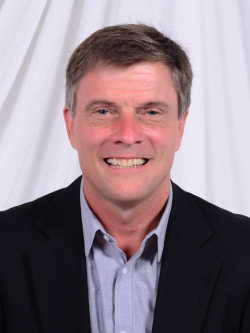
 Abstract Biography |
Fab Management Forum | ||||
 |
IO Tech |
Birnbaum, Ralph
Laser Assisted Deposition for Electronics Mass Production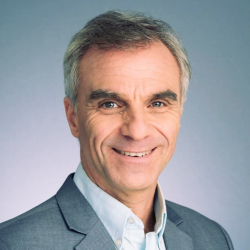
 Abstract Biography |
Advanced Packaging Conference | ||||
| K | To top | ||||||
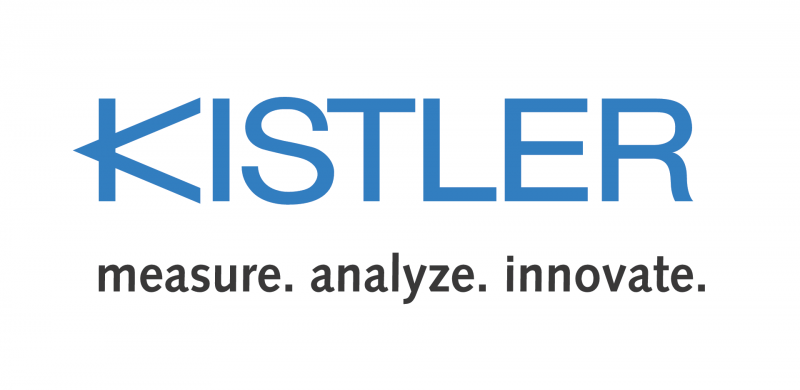 |
Kistler Instrumente |
Hillinger, Robert
Monitor Mechanical Stress and Damage in Advanced Packaging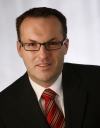
 Abstract Biography |
Advanced Packaging Conference | ||||
| M | To top | ||||||
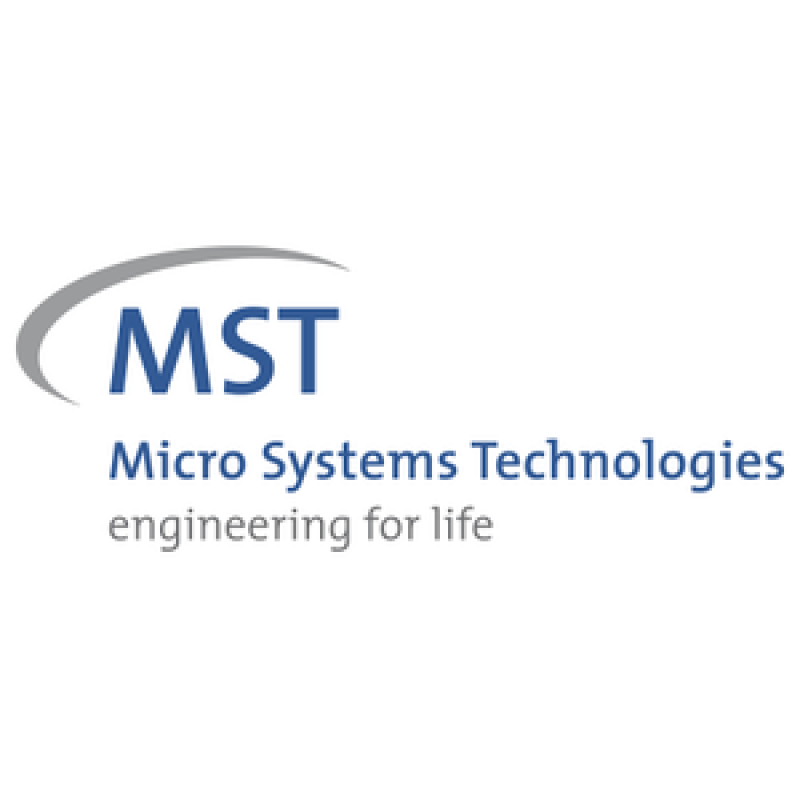 |
Micro Systems Technologies |
Martina, Manuel
Advanced Materials and Interconnection Technologies for Highly Miniaturized IoT Modules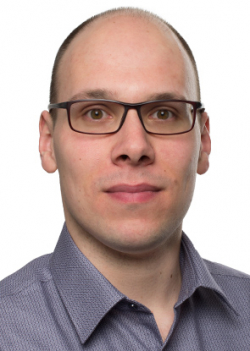
 Abstract Biography |
Advanced Packaging Conference | ||||
| R | To top | ||||||
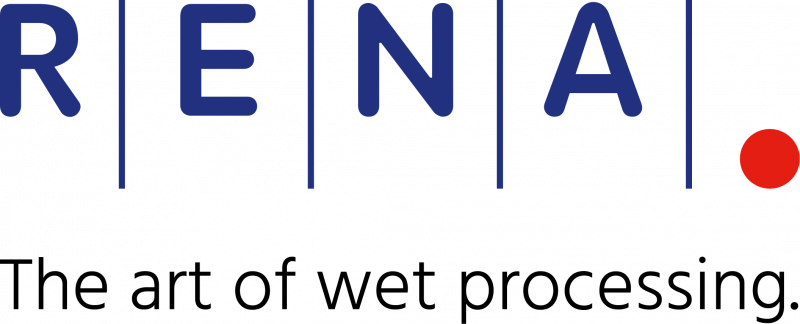 |
RENA Technologies GmbH |
Kühnlein, Holger
Advanced Silicon Carbide Single Wafer Wet Chemical Etching and Polishing at Ambient Temperature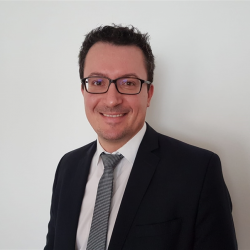
 Abstract Biography |
SMARTx - SMART Mobility | ||||
| S | To top | ||||||
 |
Schott AG |
Letz, Martin
Thin Glass for Wafer- And Panel- Level Packaging: On the Route Towards Industrialization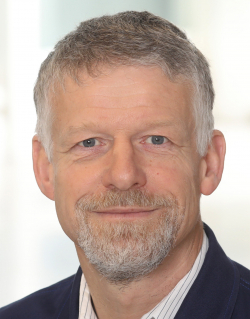
 Abstract Biography |
Advanced Packaging Conference | ||||
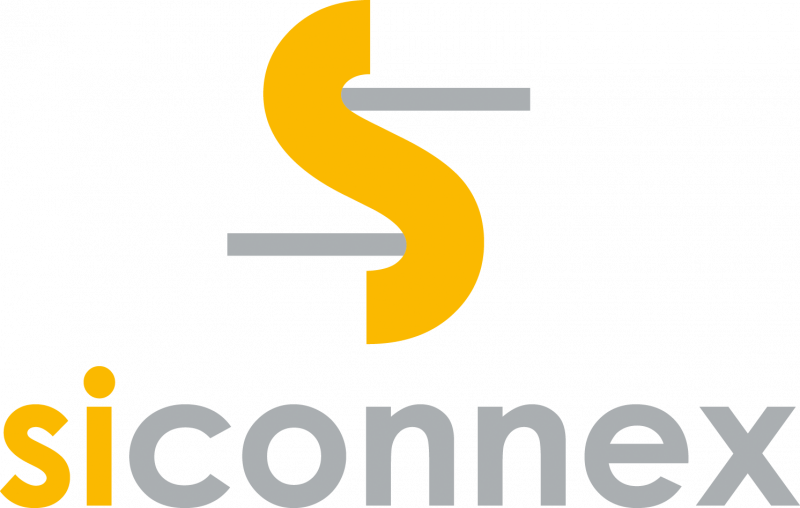 |
Siconnex customized solutions GmbH |
Buchberger, Mario
How to Replace Conventional Wet Etch/Clean Tools with Batchspray® Equipment, While Reducing Chemical Costs and Achiving More Clean Room Space?
 Abstract Biography |
Fab Management Forum | ||||
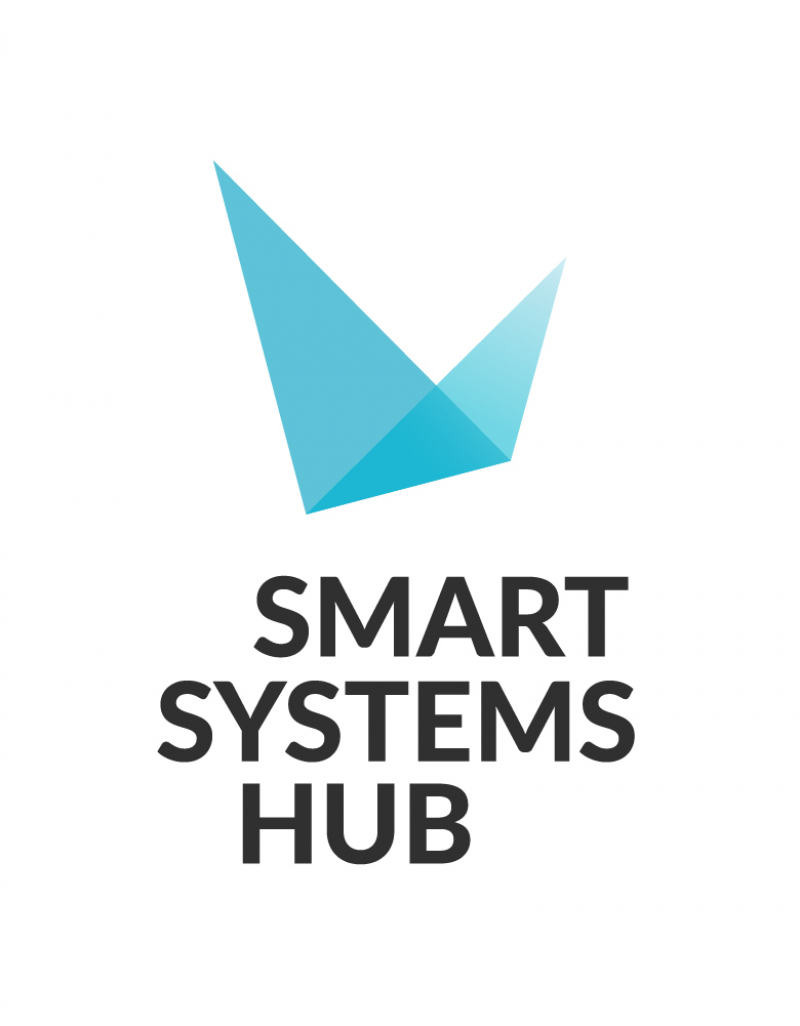 |
Smart Systems Hub |
Klingstedt, Hans
How Edge Computing Enables Predictive Valve Maintenance in the Semiconductor Industry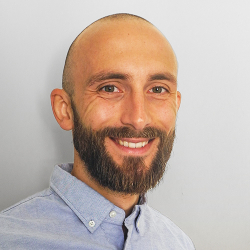
 Abstract Biography |
SMARTx - SMART Manufacturing | ||||
 |
SOITEC |
Roda Neve, Cesar
Engineered Substrates and Materials for 5G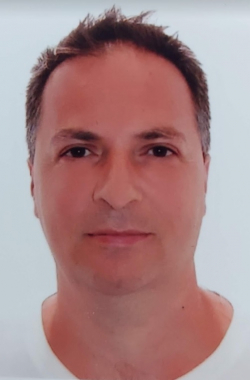
 Abstract Biography |
Advancements in Wireless Tech | ||||
| T | To top | ||||||
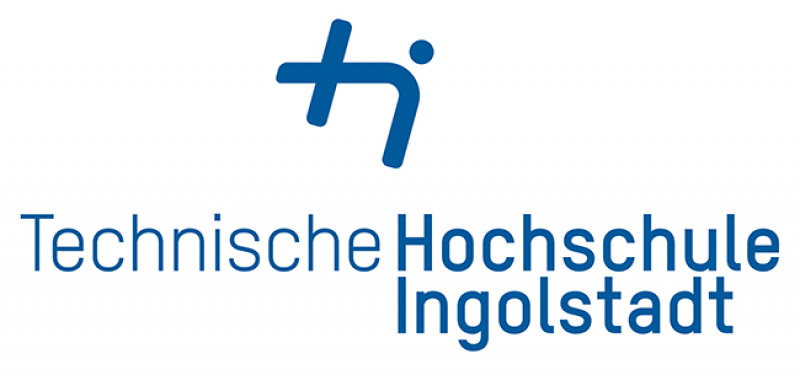 |
Technische Hochschule Ingolstadt |
Elger, Gordon
Die-Attach Bonding with Copper Metal Pigment Flakes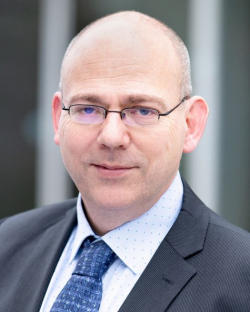
 Abstract Biography |
Advanced Packaging Conference | ||||
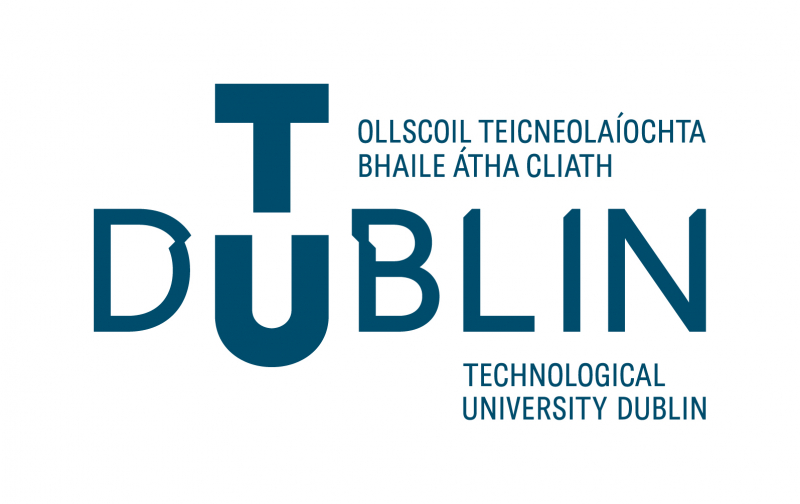 |
Technological University Dublin |
Kelleher, John
Sustainable AI: Measuring and Reducing the Carbon Footprint of Deep Learning Model Development and Inference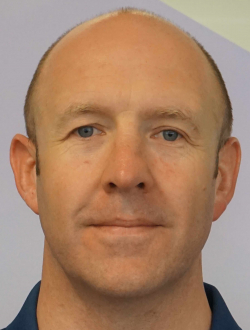
 Abstract Biography |
Sustainable - Green & Trusted | ||||
 |
Tofwerk |
Frege, Carla
Vocus: The Most Sensitive Detector of Air Molecular Contaminants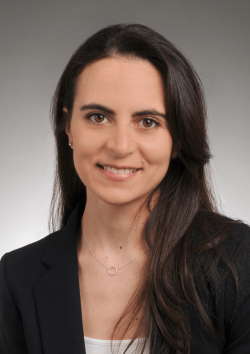
 Abstract Concentration decay of common inorganic acids in a FAB environment. The markers show the quantification limit of each compound. Arrows on the right axis show the 1 minute LOD of the Vocus Biography |
Fab Management Forum | ||||
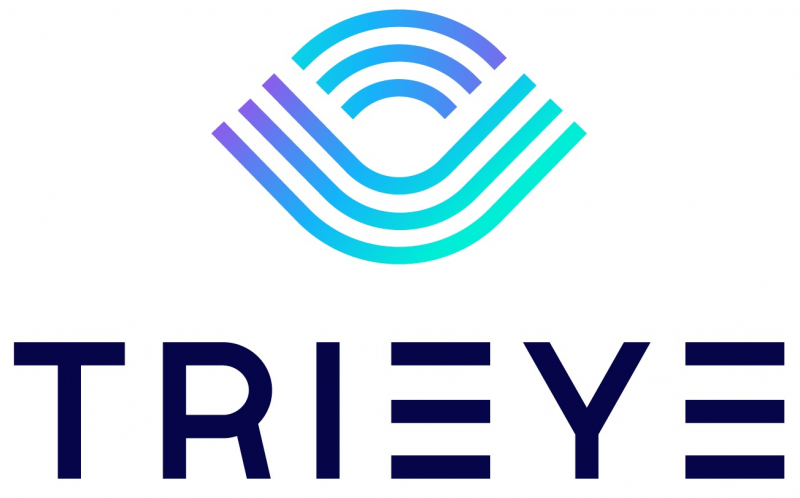 |
TriEye |
Livne, Ziv
Seeing Beyond the Visible: The Short-Wave Infrared Revolution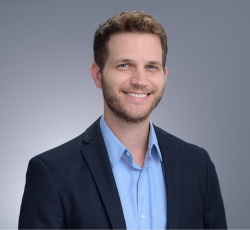
 Abstract Biography |
SMARTx - SMART Mobility | ||||
| Z | To top | ||||||
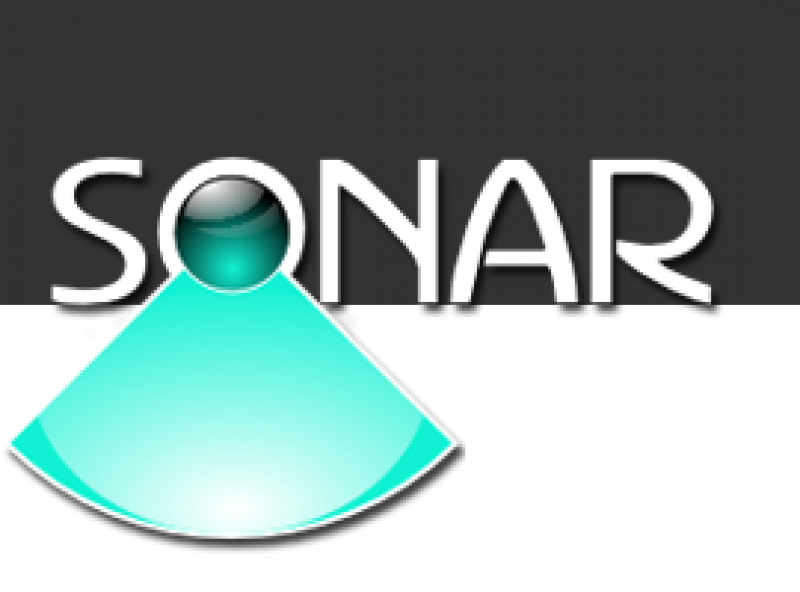 |
ZIAN & Co industrial consulting and recruitment |
Zimmer, Andreas C.
Remote Operations / Training New Employees in Time of Disruption; Integrating New Training Solutions; Managing Operations when Staff is Digital.
 Abstract Biography |
Fab Management Forum | ||||